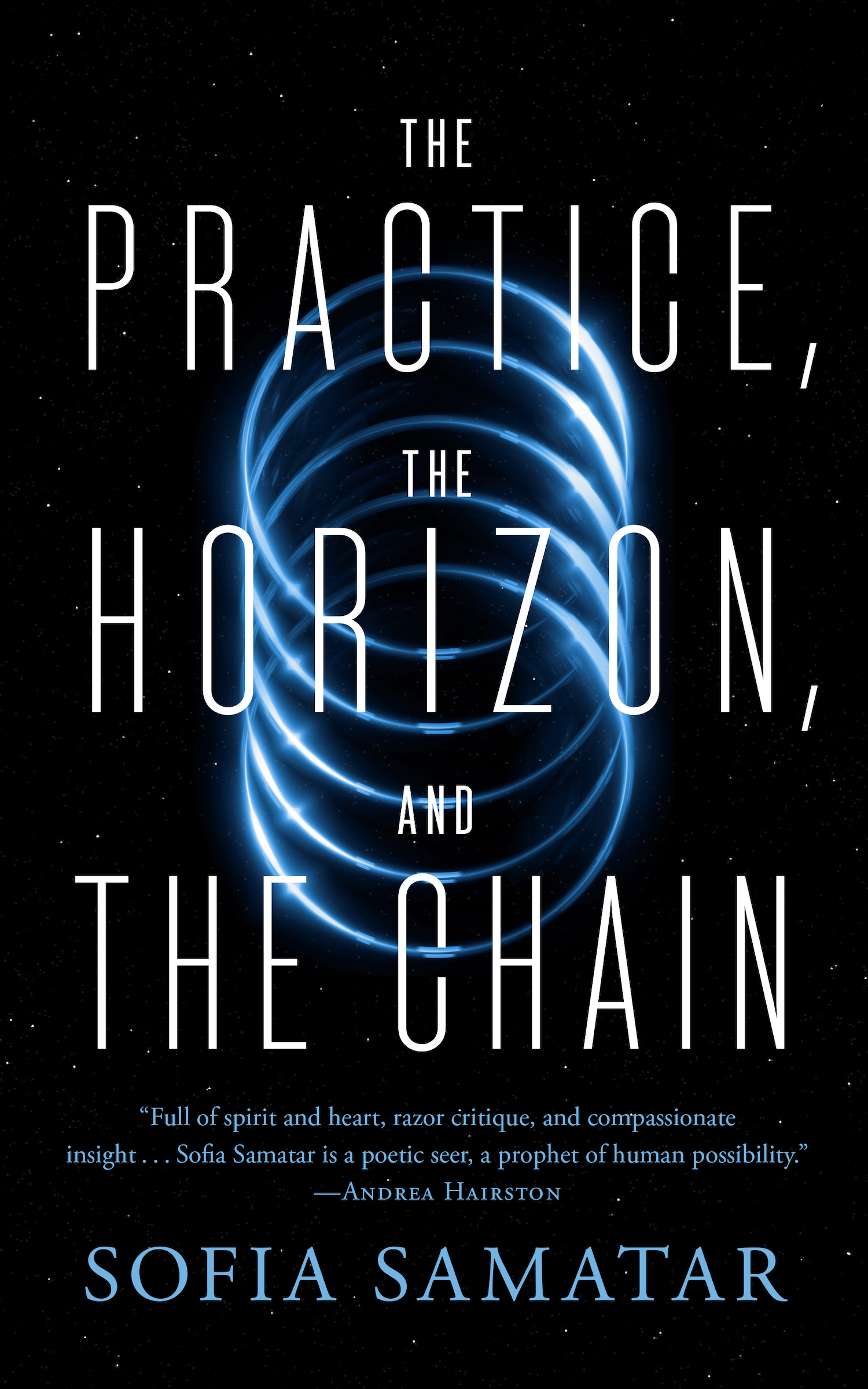- The Good: A critique on class, slavery, forced relocation, and academia
- The Bad: Not for readers who need standard character development and plot
- The Literary: Heady scifi with serious themes
All the Boy has ever known is the dark, the routine of hard labor, the heaviness of the Chain. He likes to draw on the walls of the various cells he has shared over the years with the other Chained, and the prophet encouraged him so. In his seventeenth year, the Boy is yanked upstairs, without warning, into a world with piercing light and compressed air, and the Woman who tells him that he’s been gifted an opportunity to be educated at the university.
The Woman is a low-ranking college professor, desperate to succeed in her career and for her work be validated by her colleagues. Unfortunately, the board considers her niche research into the made-up games of poor children impractical. The Woman’s father was also from the Hold, and with her limited influence she fights for and wins a revitalization of the scholarship program for someone below.
The Boy is very much a fish out of water, and his situation describes culture shock quite accurately, from the weight of physical space, to reading social cues, to understanding the expectations of being the lucky one plucked from an underprivileged situation.
I absolutely love this book. It’s heavy with themes of class, oppression, exploitation, and incarceration. It reminds me of The Ones Who Walked Away from Omelas, Piranesi, or Wool. It’s about awakening to a wider world that seems miraculous until it isn’t, and it’s about deciding that change is necessary.
Don’t expect detailed worldbuilding about cargo spaceships, political structures, or alien academic policies. This isn’t a story that follows the highly individualized hero’s journey or explores the science of mining in space. Neither of the protagonists are named, referred to instead as the Boy and the Woman, further focusing the reader away from specific characters toward archetypes and themes. But I’m surprised by the numerous negative reviews I’ve read by those who are bothered by this.
There are some scifi elements, loosely defined, that provide a basic structure for their world. The Boy and many others like him toil in the bowels of mining ships traveling through space, but there’s not much more in the way of detail. I would describe this as scifi philosophy or scifi mythology. The existence of the Prophet adds an element of religion, one with familiar symbolism but that also blurs the line between science fiction and magical realism.
I particularly enjoy the physical and metaphorical Chains of the Hold. They’re symbols of oppression and violence, heavy with shackles, but they also function as a means of community and solidarity. There’s no question that when someone in the Hold is sick, everyone pitches in to carry them. In contrast, the Woman lives in a world of independence, apartments, and education, but even at her level everyone is forced to wear anklets through which they can be controlled. There’s a hint of an upper class that wears no shackles of any kind.
The critique on academia is transparent. As a lower faculty member, the Woman shoulders the weight of trying to make a difference while navigating deep bureaucracy. However, just as children can create a game from nothing, the Woman manages to bring one boy out of slavery. It feels like nothing, but it’s something. And from there, real change can begin.
Highly recommended for fans of philosophical scifi!
